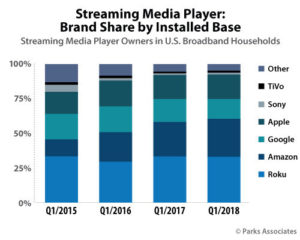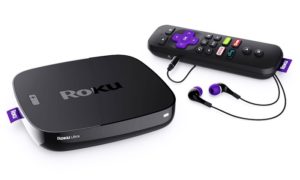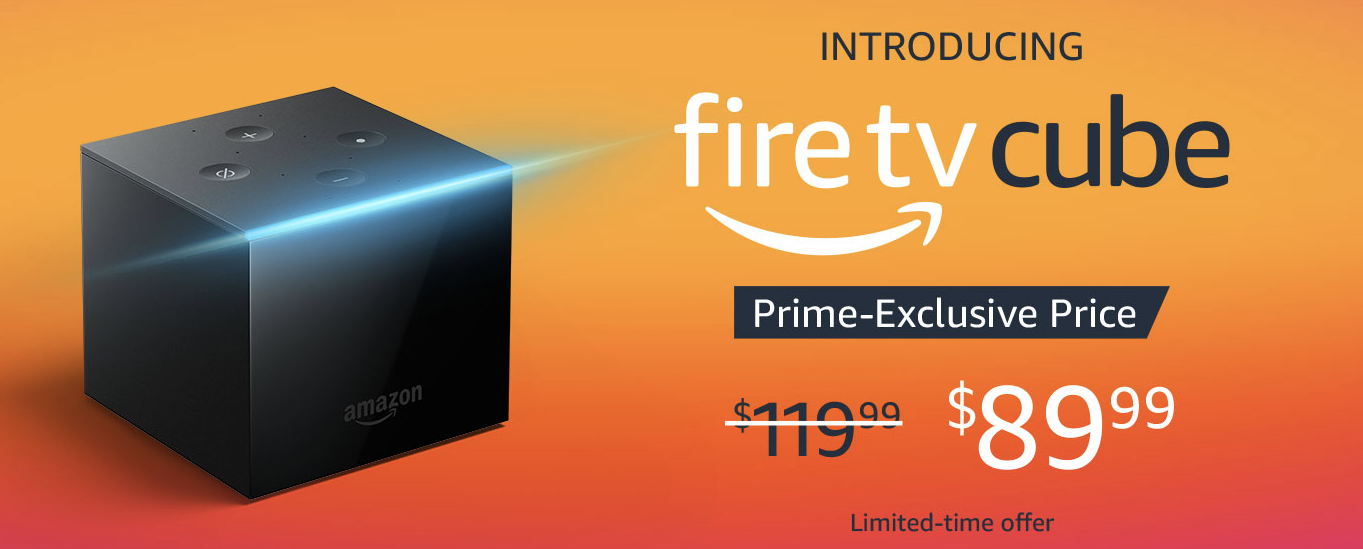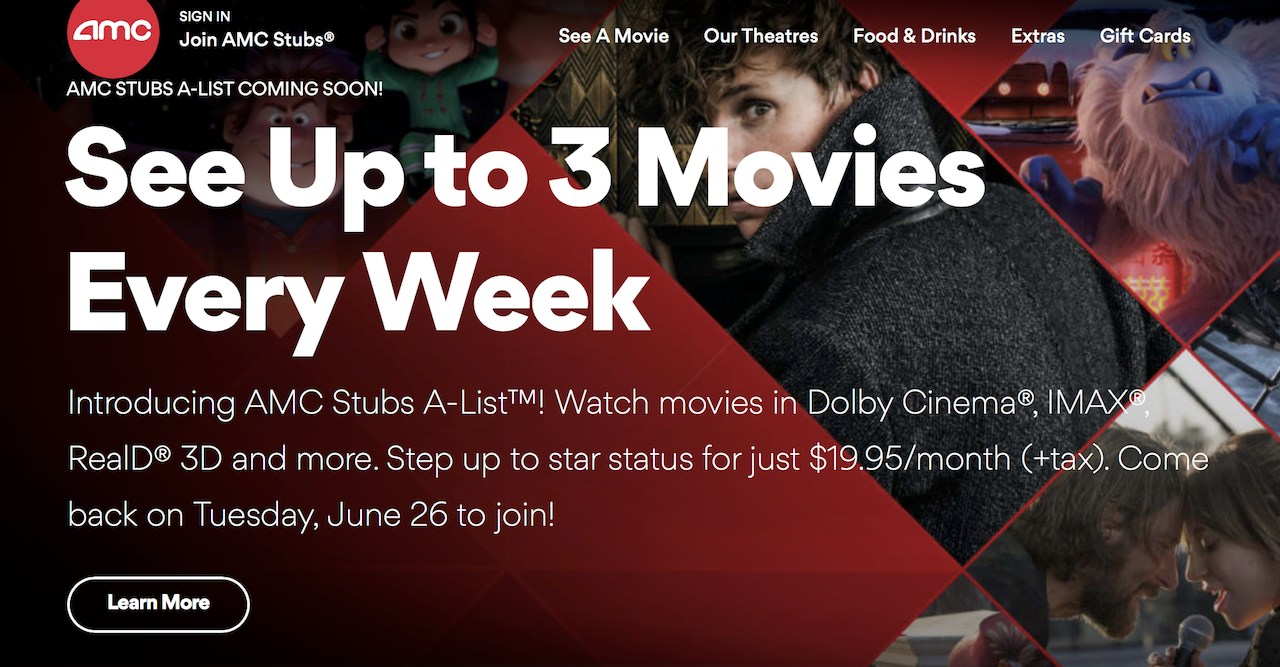The world has changed and with it, TV. Now 40% of all homes have a streaming media player.
Back in 2006, I was sent a test product for something that would later revolutionize the TV industry. The product itself no longer exists but its impact on television is still felt today. The only problem is that nobody remembers it. The product in question was called ITVN. It was a set-top box that streamed content from the Internet. While it was a nice box with the ability to stream Starz, it was primarily a porn box (I only bought it for the sports and movies). Little did I know then that this would be the product that launched a thousand products.

Today, streaming boxes are ubiquitous and it seems everyone has one. Well, almost everyone. According to Parks Associates, the percentage of homes that have these boxes are 40%. And these are just broadband homes. According to the report, just 6% of homes had these devices in 2010 compared to today, some 8 years later. The reason for the growth can be attributed to a number of factors, not least of which includes a proliferation of online media apps. Since 2010, services like Netflix, Amazon, and Hulu have changed the face of video content. Apple’s iTunes is one of the biggest retailers of movies. Even TV services such as DirecTV Now and Playstation’s Vue are making waves in the industry.

Of interesting note is the distribution of these boxes. Roku commands the top spot with 37% of the overall market while Amazon’s Fire TV is showing big gains with a 4% growth to about 25% of the market share. Apple appears to have about 20% of the overall market with Google at about 18%. You can see the chart attached for an overall breakdown. The rest of the market is flooded by TiVO, Sony, and others. What is interesting about this breakdown is Apple’s overall performance against the competition. While both Roku and Amazon offer relatively low-cost products, Apple is known for their premium price tag. The company charges $179 for the base Apple TV 4K while Roku is $99 and Amazon is $69. Furthermore, not listed here are either smart TV’s or video game boxes, although the report does say that video game systems are used far less for video streaming.

The numbers, however, are encouraging to those of us who actively follow the industry. Both Comcast and Charter experienced their biggest losses yet in video subscribers and it seems loses will only continue. Meanwhile analysts are predicting big growth in the Over-the-top subscription model with services like DirecTV Now and Sling at the forefront. In addition, the growth of Netflix among other services with their original content; and you can see why these streaming devices are in such hot demand. The question remains as to when growth will plateau but I would expect these services to continue growing as broadband expands. And with 5G on the horizon, if broadband costs do drop, I would imagine the install base will be a lot higher. Here’s hoping this helps to bring more competition in the TV space.
![[Seeq].TV](https://seeq.tv/wp-content/uploads/2018/05/SEEQ-red-black-copy-3.jpg)



